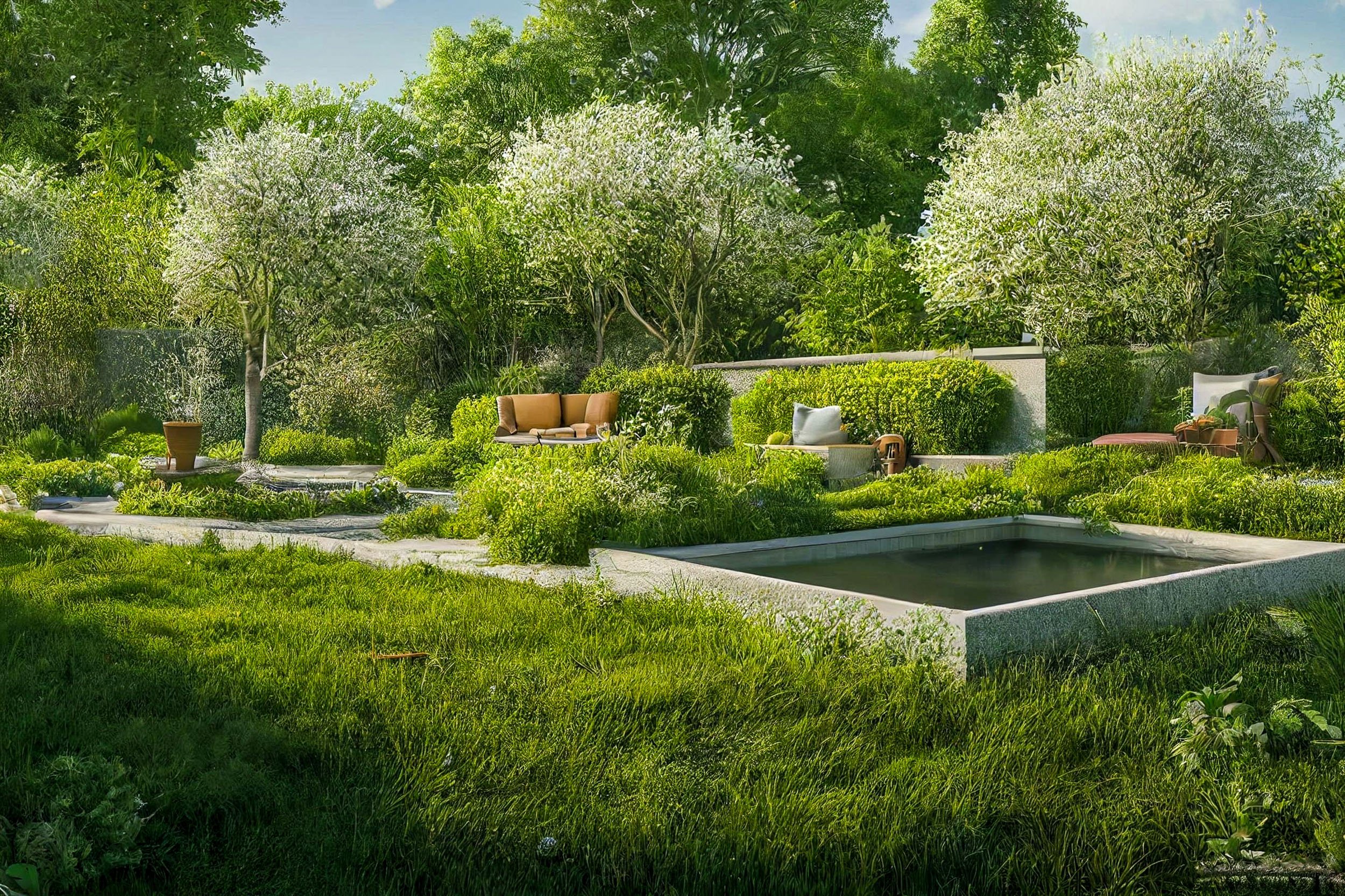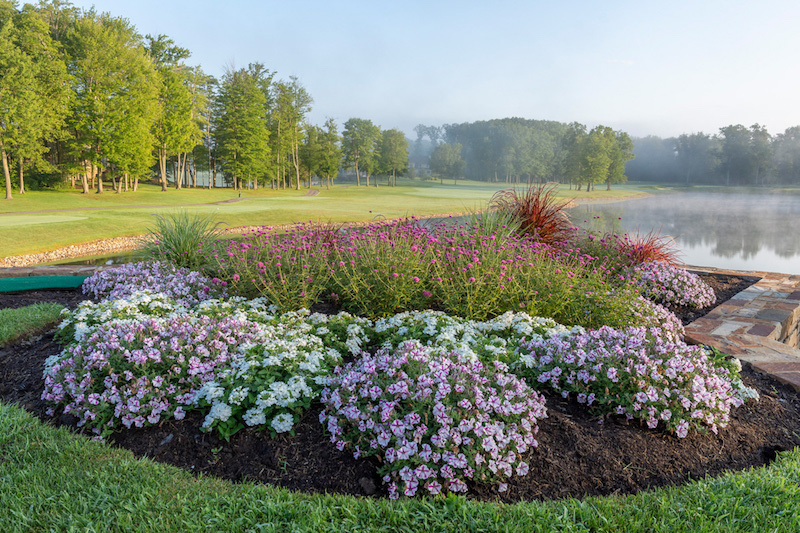The Facts About Hilton Head Landscapes Uncovered
The Facts About Hilton Head Landscapes Uncovered
Blog Article
Not known Details About Hilton Head Landscapes
Table of ContentsHow Hilton Head Landscapes can Save You Time, Stress, and Money.Hilton Head Landscapes - TruthsThe 20-Second Trick For Hilton Head LandscapesHow Hilton Head Landscapes can Save You Time, Stress, and Money.Hilton Head Landscapes - TruthsAbout Hilton Head LandscapesHilton Head Landscapes - An Overview
Line develops all forms and patterns and can be utilized in a variety of methods in the landscape. Line in the landscape is developed by the side between two products, the overview or shape of a type, or a long linear feature. Lines are an effective device for the developer because they can be made use of to create an unlimited selection of forms and types, and they manage activity of the eye and the body.

Lines can have several attributes, such as those described listed below, but they normally serve various purposes. Number 1. Lines in the landscape - Landscapers near me. The residential or commercial properties of lines figure out just how individuals react to the landscape, both mentally and physically. Straight lines are structural and strong; they create a formal personality, are usually connected with a balanced layout, and lead the eye directly to a centerpiece.
Not known Facts About Hilton Head Landscapes
Straight lines are frequently discovered in hardscape sides and product. Bent lines develop an informal, natural, unwinded personality that is associated extra with nature and asymmetrical balance. Bent lines move the eye at a slower rate and add enigma to the room by creating covert views. Vertical lines relocate the eye up, making a room feel larger.
Upright lines in the landscape include tall, slim plant product, such as trees, or tall frameworks, such as an arbor or a bird residence on a pole. Straight lines move the eye along the ground aircraft and can make an area feel bigger. Reduced lines are more controlled and create a feeling of rest or repose.
7 Simple Techniques For Hilton Head Landscapes
Lines are also created by the vertical types of constructed features and plant material. There are 3 primary line types that produce form in the landscape: bedlines, hardscape lines, and plant lines.
Bedlines link plant product to the residence and hardscape since the eye adheres to the line, relocating the gaze via the landscape. Hardscape lines are created by the side of the hardscape, which delineates the built structure. Line can also be produced by long and narrow materials, such as a fence or wall surface.
More About Hilton Head Landscapes
Form is located in both hardscape and plants, and it is typically the leading visual aspect that spatially organizes the landscape and commonly identifies the design of the yard. The form of structures, plant beds, and yard accessories likewise establishes the overall type theme of the garden. Official, geometric types consist of circles, squares, and polygons.
Plants create form in the garden with their outlines or silhouettes, however kind can also be defined by a space or adverse room between plants - Landscaping bluffton sc (https://www.artstation.com/stevengonzales53/profile). Circles can be full circles, or they can be divided into half circles or circle sections and incorporated with lines to produce arcs and tangents
Excitement About Hilton Head Landscapes
Circles can also be extended right into ovals and ellipses for more selection and rate of interest. Circles are a strong style form since the eye is constantly attracted to the center, which can be utilized to highlight a focal point or connect various other kinds. Figure 2. Circular kinds in hardscape and yard panels.
The square type can likewise be fractional and pre-owned repetitively to develop a grid pattern. Unlike circles, squares are more powerful on the edges, which can be lined up or overlapped to produce one-of-a-kind patterns and more complicated kinds.
Meandering lines commonly resemble the all-natural training course of rivers or streams and can be called smooth lines with deeply rounded undulations. Meandering lines (Figure 3) work well for paths, plant bedlines, and dry stream beds. Meandering lines can add rate of interest and secret to a garden by leading audiences around corners to discover brand-new sights and rooms.
Some Known Facts About Hilton Head Landscapes.

Number 5. Fragmented sides: tipping stones in pathway. Type is one of the most long-lasting top quality of a plant (landscape design hilton head). https://www.gaiaonline.com/profiles/h1tnhdlndscps/46738857/. Typical plant types are well developed and standardized, as type is the most consistent my latest blog post and identifiable characteristic of plants. Type can likewise be produced through the massing of plants, where the general mass produces a different type than an individual plant.
A very different type should be made use of with careone or more work well as a centerpiece, however also many wreak havoc. All-natural plant types, instead of over-trimmed types, must develop the mass of the structure. The relevance of total form is much more or less reliant on the watching perspectivethe type of a tree can show up rather various to a person standing under the cover versus viewing the tree from a distance in an open field.
Hilton Head Landscapes for Dummies
Plant forms also produce and specify deep space or open areas in between the plants, developing either convex or concave forms in deep spaces. High-arching tree branches generally produce a concave open space under the branches, and a round cover with reduced branches fills up the room to create a convex form outdoors space under the tree.

Report this page